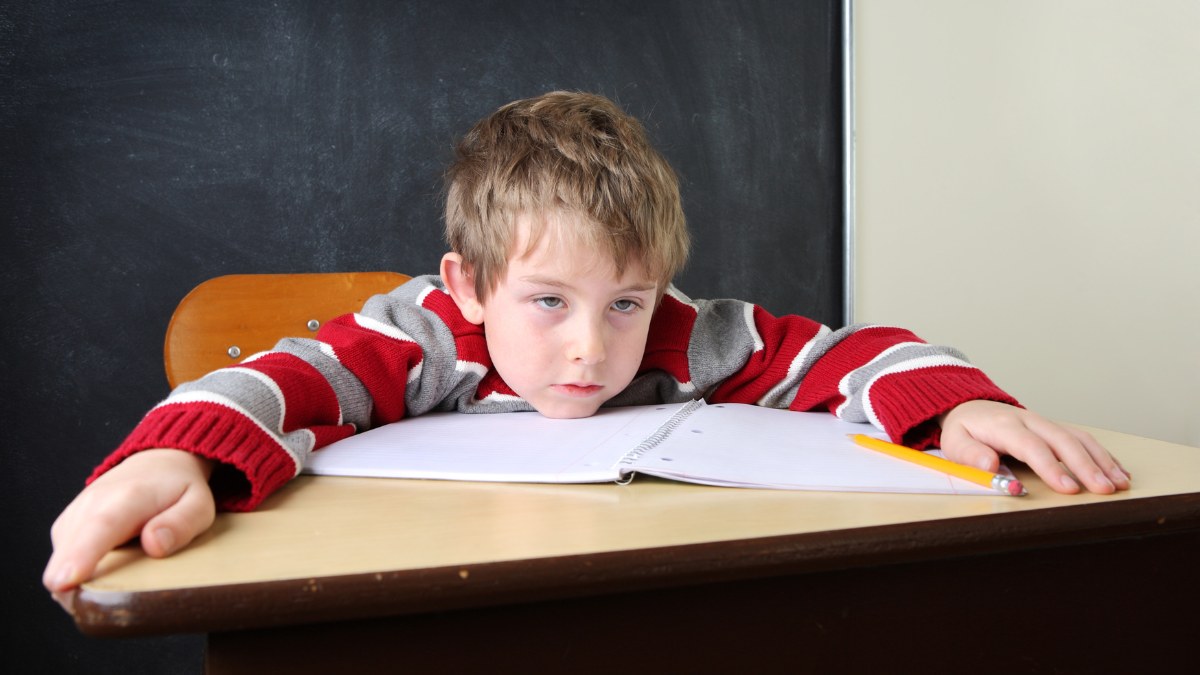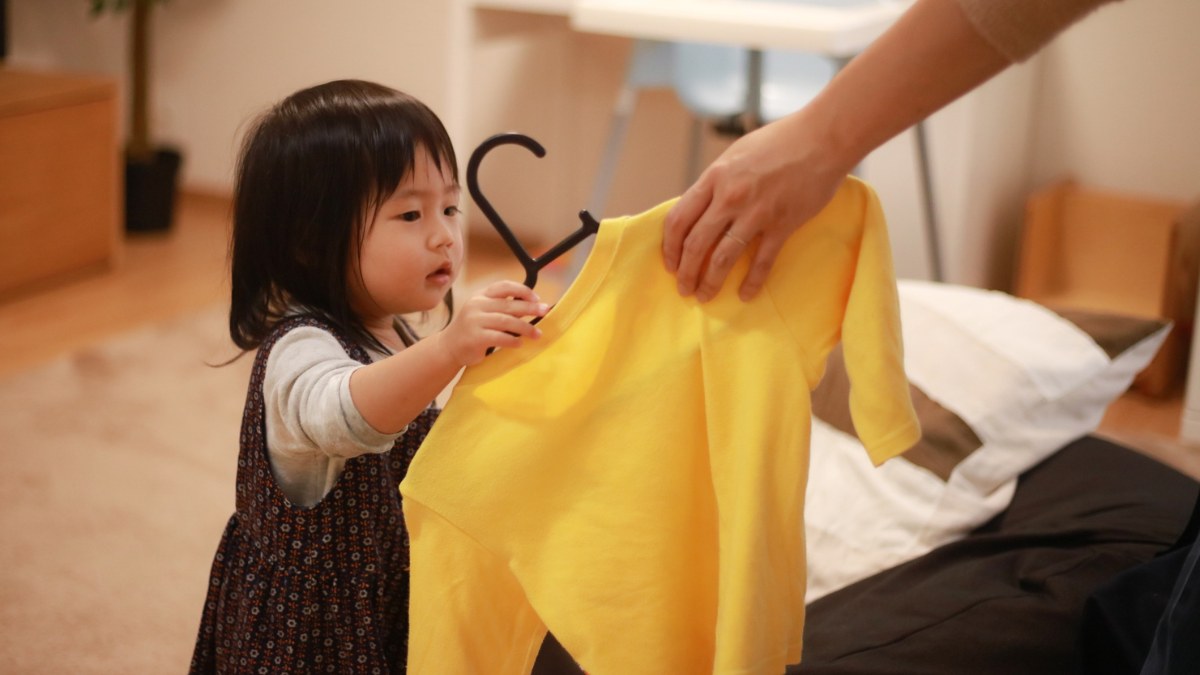How Playtime Becomes Therapy Time in ABA Sessions
Play-based ABA therapy turns everyday fun into learning. Help your child develop skills, confidence, and independence in a motivating environment.
.jpg)
How Playtime Becomes Therapy Time in ABA Sessions
Imagine if playtime wasn’t just fun, but also a powerful way for your child to learn. With play-based ABA therapy, that’s exactly what happens. By using toys, games, and everyday activities, children practice communication, social skills, problem-solving, and motor abilities, all while having a great time. Therapists carefully match each activity to your child’s interests and developmental level, making every session personal and effective. From structured games to pretend play and cooperative activities, learning becomes natural and motivating. In this post, we’ll reveal how play turns into therapy, why it works, and how it helps your child grow with confidence and joy.
The Role of Play in ABA Therapy: Why It’s Not Just Child’s Play
Play is a natural way for children to learn. It helps them explore the world around them. Through play, kids grow cognitively, socially, emotionally, and physically. They learn problem-solving, communication, and how to interact with others (Frost, 1992).
Play can provide learning opportunities for kids with autism spectrum disorder (ASD). A study by Koegel, Koegel, and Carter (1999) found that using a child’s natural interests in play-based ABA therapy increases motivation to learn. But how does simple joy turn into skill development?
Integrating Play into ABA Therapy
.jpg)
Therapists design play activities with clear goals. These activities usually fall into three types:
1. Structured Play
Therapists use toys or games to teach specific skills. For example, a favorite puzzle can help a child request pieces, follow instructions, or take turns. Structured play is fun while targeting key learning goals (Lovaas, 1987).
2. Naturalistic Play (NET)
This approach follows the child’s interests. Therapists turn everyday play into learning moments. New skills are taught in a way that feels spontaneous. Children often respond better when learning feels natural (Schreibman & Stahmer, 2014).
3. Social Play
Activities focus on social skills. Kids learn sharing, cooperation, and group interaction. These skills are essential for making friends and connecting with peers (Strain & Kohler, 1998).
Benefits of Play in ABA Therapy
Play makes learning stick. It also makes therapy enjoyable.
Increased Motivation: Fun activities encourage active participation. Children who enjoy sessions are more likely to engage and make progress (Koegel & Koegel, 2006).
Skill Generalization: Play-based skills translate to the home, school, and other real-world contexts (Stokes & Baer, 1977).
Enhanced Social Skills: Play allows children to practice interacting in a safe environment. Confidence and social competence grow over time (Pierce & Schreibman, 1995).
Improved Communication: Through play, children practice speech, gestures, and other ways to express themselves (Ingersoll & Dvortcsak, 2010).
ABA Therapy in Georgia and ABA Therapy in North Carolina: What to Look For
When searching for ABA therapy in Georgia or North Carolina, keep these factors in mind:
- Qualified Staff: Board Certified Behavior Analysts (BCBAs) supervise therapy, while Registered Behavior Technicians (RBTs) run sessions.
- Individualized Programs: Therapy should match the child’s interests, developmental level, and learning pace.
- Play Integration: Look for providers using ABA games and structured play as a key method.
- Data Tracking: Sessions should be data-driven to track progress and target areas needing improvement.
For example, during ABA therapy in Indiana, ABA therapy in Oklahoma, or even ABA therapy near me, a child who loves toy animals may practice labeling, turn-taking, and social interaction. Centers that embed learning in preferred activities often see faster and more consistent results (Smith et al., 2021).
Learning Through Play: The Science Behind Joyful Progress
Children learn best in environments that feel real. Desk-based lessons are helpful, but incorporating toys, role-play, and movement allows children to explore in familiar ways (Vygotsky, 1978). ABA therapists use play to teach communication, imitation, social skills, and daily living skills. Learning objectives are embedded in activities that are both motivating and fun.
For example, “pretend cooking” can teach requesting, turn-taking, colors, and multi-step directions. Children retain these lessons better in playful contexts. Skilled therapists integrate academic and behavioral goals into these routines. This is called learning through play.
Play naturally encourages social interaction. Many children in play-based ABA focus on communication and peer skills. Structured peer play or interactive toys give chances to initiate conversation, make eye contact, and respond to verbal cues (Goldstein & Cisar, 1992). Games like “Simon Says” or building with blocks provide endless practice opportunities.
Why Motivation Matters
ABA therapy often uses reinforcement to increase positive behaviors (Skinner, 1953). Play works as a teaching tool and reward. Children stay engaged longer when therapy aligns with their interests.
Imagine a child hesitant to practice speech sounds. Instead of flashcards, the therapist may use a favorite game or song. The fun itself motivates learning. This approach improves the chances of long-term success.
Generalization and Real-World Skills
Generalization is critical in ABA therapy (Stokes & Baer, 1977). A child may learn colors from flashcards but must apply them to clothes or crayons. Play helps transfer knowledge to real-life situations.
During pretend play, a child who learned animal names can use them in a zoo scenario. At home, greetings can be practiced with siblings or friends. Learning in natural environments makes skills more useful and easier to generalize.
Developmental Play: Building the Foundation for Life
.jpg)
ABA therapy targets more than skills. It also helps emotional regulation and behavioral responses. Structured play teaches patience, coping with minor frustrations, and flexibility (Kern et al., 2002).
For example, losing a game or waiting a turn becomes a learning opportunity. Gradual exposure in fun settings builds resilience, adaptability, and patience, important life skills.
Functional Play focuses on motor planning and coordination. Activities like rolling cars or stacking blocks help children practice purposeful movement and develop fine motor skills.
Symbolic or Pretend Play encourages imagination and problem-solving. Examples include cooking role-play or puppet shows, where children use creativity to represent real-life scenarios and experiment with ideas.
Cooperative Play nurtures social interaction and communication. Building LEGO houses together or working on shared projects allows children to practice teamwork, taking turns, and expressing ideas respectfully.
Sustained Play supports attention and task completion. Activities such as completing puzzles or following step-by-step crafts help strengthen focus, persistence, and the ability to see a task through to the end.
Research shows structured play improves social communication in about 70% of children in ABA therapy (Harrison et al., 2019).
Independence Through Play
ABA also promotes independence. Pretend dressing, grocery role-play, and organizing toys teach practical skills. Children learn dressing, sorting, and cleaning in playful ways.
Motor skills develop naturally. Fine motor skills grow through bead stringing, building towers, or cutting play-doh. Gross motor skills improve with running, jumping, or ball games. Play integrates physical growth with cognitive and social development.
Examples of Play Integration:
- Pretend Play: Cooking or grocery role-play teaches requesting, sequencing, and social rules.
- Game-Based Learning: Board games teach turn-taking, counting, and patience.
- Physical Play: Obstacle courses or ball games enhance coordination and motor planning.
- Creative Arts: Drawing, building, and music foster expression and problem-solving.
Children engage better when therapy aligns with their interests. Engagement boosts retention of skills (Gomez & Patel, 2022).
Customizing Play-Based ABA Plans
Every child is different. Tailored ABA plans work best when activities match interests, goals, and developmental levels. Therapists often conduct initial assessments to find motivating play types (Ozonoff & Cathcart, 1992).
For example, a child who loves cars might practice turn-taking, color labeling, or counting with race games. An arts-and-crafts fan may work on fine motor skills, following directions, or expressing preferences. Customization is key to successful behavior learning.
Tracking Progress
Play lets therapists observe a wide range of behaviors naturally. They can track conversation initiation, response to prompts, handling transitions, or managing disappointment. Detailed logs from play sessions help therapists measure growth and adjust plans (Ciesielski et al., 2018).
5 ABA Playtime FAQs
1. My child lines up cars repetitively. Can this help development?
Yes! Therapists start with preferred activities, then introduce small variations. For example, after lining up cars, a child may push one across a “bridge” or find the “red car” next. This teaches flexibility and communication.
2. How do I know my child is learning, not just playing?
Through reinforcement. Children enjoy play but only receive rewards after demonstrating target skills. They learn, “Using my words gets me the toy right away.”
3. What if my child melts down when play ends?
Endings are part of therapy. Children learn “all done” or asking for “one more minute.” This builds tolerance and teaches behavior management in a supportive way.
4. How does clinic play compare to in-home play for social skills?
Both are valuable. Clinics offer structured peer interaction. In-home sessions use natural environments and family members. Skills learned at home generalize faster to daily routines.
5. My child struggles with pretend play. Can ABA help?
Yes! Pretend play is a teachable skill. Therapists break it into steps, like pretending a block is a phone, then calling a doll. Gradually, children progress from functional play to symbolic play.
Turning Play into Real Progress
.jpg)
Play in ABA therapy is more than just fun, it’s where autism activities come alive with purpose. At Supportive Care ABA, it becomes a powerful tool for learning and growth. Structured, naturalistic, and social play help boost child engagement while building communication, social, cognitive, and motor skills in ways that feel exciting and meaningful.
Supportive Care ABA’s fun therapy sessions boost engagement, support skill generalization, and encourage independence, emotional regulation, and resilience. Each activity is designed to match a child’s interests and developmental level, making autism education personal and effective.
Families across Georgia have seen how play-focused therapy creates steady progress while keeping children motivated to participate. If you want your child to thrive in a fun, personalized ABA program, reach out to us today. Together, we can turn everyday play into opportunities for real growth, confidence, and lasting skills.




.jpg)


%20(1).jpg)
.jpg)


%20(1).jpg)

%20(1).jpg)
